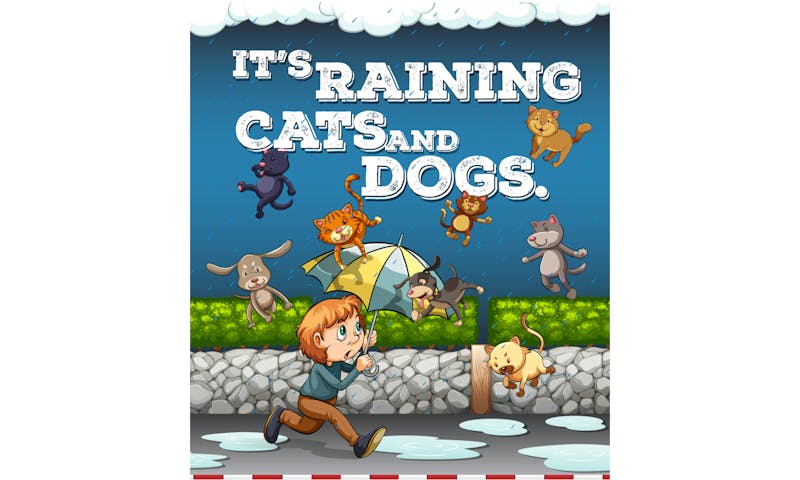Figurative Language: Types and Examples - Literary Devices
More content
- What Is Figurative Language?
- Simile
- Metaphor
- Personification
- Allusion
- Hyperbole
- Other Ways to Spice Up Your Writing
- Alliteration
- Consonance
- Assonance
- Onomatopoeia
- Using Language-education Resources
- Teaching Figurative Language to Elementary and Middle School Students
- Figures of Speech Takeaways
- Test Out Your Figurative Language Knowledge With Our Quick Quiz!
- Figuring Out Figurative Language
- ...
Sometimes when you write, you want to describe things exactly as they are. That’s perfect for scientific, legal, or academic writing.
But other times, you want your writing to be colorful and excite your readers. A great way to do this is through figurative language.
When it’s hot outside, you might feel like you’re moving as slow as molasses. You’re not actually molasses, but you feel like it. That’s figurative language!
4th grade or 5th grade is a great time to add figurative language to your writing. Now that you’re comfortable writing entire paragraphs and compositions with themes, you can play around and have fun with descriptive language!
There are many types of figurative language, but there are a few very common ones that you need to watch out for if you want to spice up your writing.
What Is Figurative Language?
Figurative language refers to unrealistic literary devices or phrases that mean something different than the literal definitions of the words that make them up. In other words, figurative language is the opposite of literal language.
For example:
A dog that’s as big as a horse
probably isn’t literally the size of a stallion. It just means it’s a really big dog.
We can also say that something is a “figure of speech.” That means that whatever we just said isn’t literally true - we were embellishing it with creative language. Therefore, a figure of speech is figurative language.
Figurative language is a great way to describe an abstract concept that would be hard to write about in concrete terms. Plus, it makes writing and speech more fun! Sometimes, it can be hard to decipher the symbolic meanings in writing. But with practice, you’ll become a figurative language pro!
There are about a dozen types of figurative language, but here are 5 very common ones: simile, metaphor, personification, allusion, and hyperbole. Each one functions differently, but they all make clauses more exciting and intense.
Common Types of Figurative Language
Simile
A simile is a simple way to compare two different things. To do this, we use “like” or “as.” This is a very common example of figurative language, and we frequently use this in everyday speech.
Here are some examples of similes:
- Esther and Hannah skip over the puddles like little frogs in a pond.
- He ate his ice cream cone as quickly as a snake eats a mouse – all in one bite.
You can also find similes in famous quotes. For example:
- “Kate inched over her own thoughts like a measuring worm.” – East of Eden, by John Steinbeck
- “The water made a sound like kittens lapping.” – The Yearling, by Marjorie Kinnan Rawlings
Metaphor
Metaphors function in the same way as similes, but you leave out the “like” or “as.” With this, you don’t draw attention to the fact that you are making a comparison which makes the writing sound smoother and more poetic.
For instance, here are some examples of metaphors:
- My mother is the Wicked Witch of the West because she’s making me clean my room today.
- Nadia’s surfboard was a silver seagull, skimming the gold-capped waves.
And some famous examples:
- “All the world’s a stage, / And all the men and women merely players; / They have their exits and their entrances; / And one man in his time plays many parts…:” – As You Like It, by William Shakespeare.
- “The sun in the west was a drop of burning gold that slid near and nearer the sill of the world.” – Lord of the Flies, William Golding.
Metaphor Variations
An extended metaphor is exactly like it sounds, it can be used many times. In the examples above, the metaphor only lasts for about a sentence. However, writers can use the same metaphor throughout many lines, an entire poem, or even a book!
Extended metaphors are mainly used in poetry. Emily Dickinson’s “Hope” is the thing with feathers. Throughout this poem, Dickinson compares hope to a resilient bird. This is the first stanza:
“‘Hope’ is the thing with feathers -
That perches in the soul -
And sings the tune without the words -
And never stops - at all -”
Personification
Personification, as the name implies, is about a person or persons. Specifically, it means giving human qualities to something that isn’t human.
If you say that rain is dancing on the roof, that’s personification. The raindrops aren’t actually dancing; they’re just falling from the sky. But it looks and sounds like dancing, which humans are capable of doing.
These are some other examples of personification:
- The church bells were hungry children crying for their supper.
- The road meanders through the wood, curving to greet each tree and flower as an old friend.
And some famous quotations:
- “Chaos is a friend of mine.” – Bob Dylan.
- “Outside, the night seemed poised on tiptoe, waiting, waiting, holding its breath for the storm.” – Tuck Everlasting, Natalie Babbitt.
Allusion
An allusion refers to something already well-known, such as a work of art, literature, or music. It’s a helpful way to describe your subject without actually stating the characteristics you want it to have.
Many English writers allude to the Bible, Shakespeare, or Greek myth. By doing this, the authors evoke memories and associations that people have with these works of art.
For example:
- If a writer relates their character to Solomon, you probably think of the famous king in the Bible. King Solomon was known for his wisdom and good judgment, so this character is probably wise, too.
- You may have also heard people talk about going on an odyssey. This means they’re going on a long journey, similar to the one that Odysseus goes on in Homer’s epic poem The Odyssey.
- You can often find allusions in daily speech. For instance, people talk about an Achilles’ heel or kryptonite – things that will hurt them or will lead to their downfall. Or people compare a place to the Garden of Eden because it is so beautiful and perfect.
Hyperbole
Hyperbole is an exaggeration. And not just a little exaggeration – a big, extravagant exaggeration!
Hyperbole is very common both in literature and regular speech. In fact, you probably use it frequently without realizing it.
You're probably starving if you skipped breakfast and it’s 3 pm. How hungry are you? You might say, “I’m so hungry I could eat a horse.” In reality, you probably couldn’t eat a whole horse. But you’re exaggerating to make the point that you’re really, really hungry.
Here are some other examples of hyperbole:
- She was so strong she could move mountains.
- Studying for this test is killing me!
If you’ve seen the movie Titanic, Leonardo DiCaprio says this famous line while standing at the front of the ship:
- “I’m the king of the world!”
- He isn’t actually royalty, but he certainly feels like it!
Click each card to see if you recognize the device!
Other Ways to Spice Up Your Writing
These figurative language examples aren’t the only ways to make your writing exciting.
There are other types of figurative language, such as puns and idioms. Puns are wordplay, and idioms are non-literal expressions that are familiar to most people.
In addition to these and a few others, you can use sound devices. Sound devices are ways to shape phrases so that they sound a certain way. In some cases, this can enhance the meaning of the words or create a specific atmosphere.
Alliteration
One of the most common sound devices is alliteration. This is when you repeat the consonant sound at the beginning of a set of words.
Two examples of alliteration are:
- “lovely lady,” or
- “galloping gargoyles.”
Tons of books and poems play with this sound device. For example, Margaret Atwood’s picture book Princess Prunella and the Purple Peanut uses repeated “p” sounds. And the tongue-twister Peter Piper Picked a Peck of Pickled Peppers does the same thing!
There are two related sound devices called assonance and consonance. They’re not as well-known, but they’re also useful.
Consonance
Consonance is a little more general than alliteration. It also refers to repeated consonant sounds, but in this case, they can be anywhere in the word. However, the sounds should come right after one another, so the reader catches on. For example:
- In Peter Piper, we can see there are “k” sounds mixed into the alliterative “p”s.
The “k” sounds of picked, peck, and pickled, all happen in the middle or end of the words. And together, they form consonance!
Another example of consonance is the title of one of Shakespeare’s plays:
- All’s Well that Ends Well.
Here, Shakespeare repeats the “l” sound three times.
Assonance
In Shakespeare’s title, we can find another sound device: assonance. Instead of repeating consonant sounds, assonance repeats vowel sounds. And, like consonance, the repetitions can appear anywhere in the word.
So, in…
- All’s Well that Ends Well, we hear a repeated “e” sound in well and ends.
This tongue-twister has another example of assonance:
- “She sells seashells by the sea shore…”
In this phrase, we have a different repeated “e” sound. (Plus, there’s also the alliteration of “s” and sh”!)
Onomatopoeia
A great way to play with sound is through onomatopoeia. This long name refers to words that sound like what they mean. You see these a lot in comic books when one character punches another or shoots a gun for example:
- Pow
- Bam
- Bang.
Also, many animal sounds are onomatopoeic too such as:
- Moo
- Meow
- Bow-wow
- cluck
And there are everyday words you might not immediately think of as onomatopoeias, but their sound evokes their meaning—for example:
- Whisper
- Bubble
- Fizz.
Try adding some of these words to make your writing more fun for your readers.
Using Language-education Resources
You can find examples of figurative language in tons of places, including in popular culture. Learning by example is an excellent way to improve your writing! So, take a look below for some ideas.
If you’re learning about this topic in school and you need a little help, you can also find figurative language resources all over the internet – just do a quick search! Also, ask your teachers and librarians for some advice. And as you read your favorite books or watch TV, listen for examples of figurative language!
Teaching Figurative Language to Elementary and Middle School Students
If you’re teaching figurative language to kids, start with the most straightforward examples, such as similes, metaphors, and hyperbole. Once students have grasped it, you can teach more difficult concepts, such as allusion, however, always make sure to include examples that the students have heard of because students are most likely to remember specific phrases that they’re familiar with.
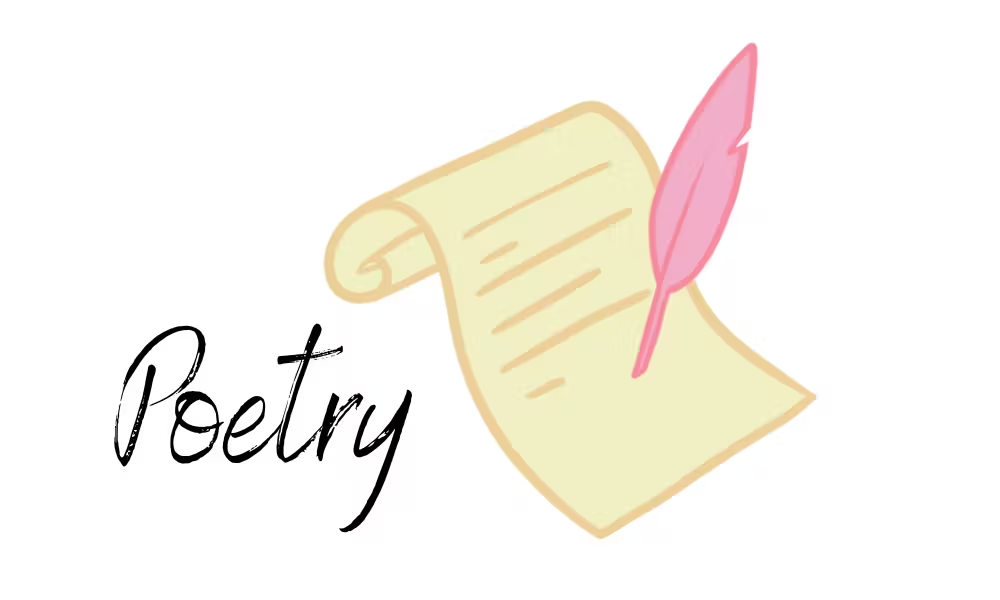
Poetry
You can find examples in many different places, but poetry is often an excellent place to start. Famous poets such as Shakespeare, Emily Dickinson, and Robert Frost use lots of figurative language.
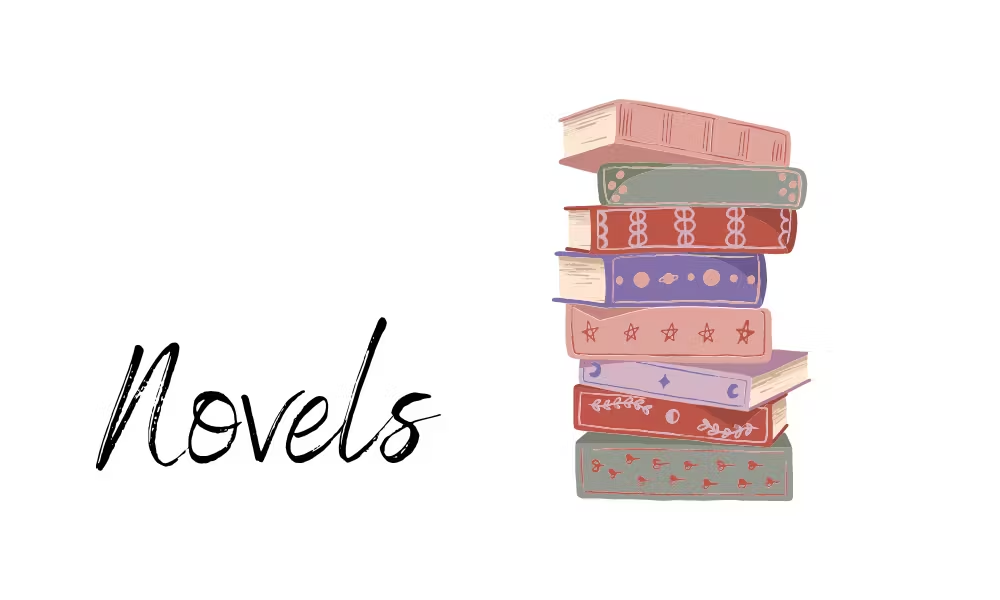
Novels and Short Stories
You can also pull examples from novels or short stories. If you’re reading a book in class over several weeks, have your students keep track of the figurative language they find with a marker or pencil.
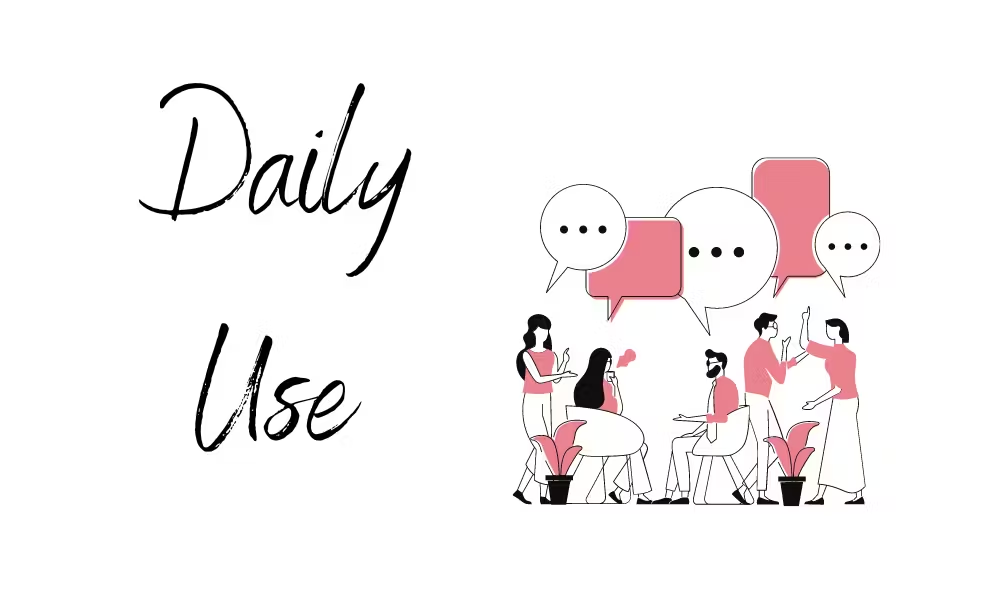
Daily Use
In addition, you can have students keep a journal of all the figurative language examples they come across daily. Instruct them to pay attention as they read, listen to music, or listen to conversations. You could even make this a competition so that the student with the most examples at the end of the week wins a prize!
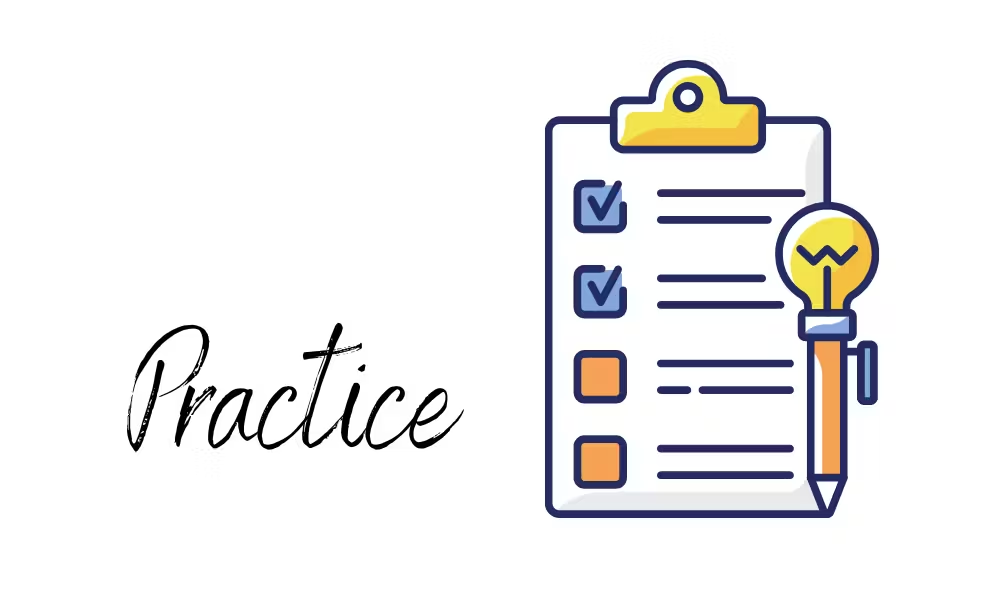
Practice Makes Perfect
For drilling the definitions of figurative language, use worksheets. You can test students on the different types by having them match the names to definitions. They can then experiment once they are comfortable with how each form is used.

Creative Writing
Creative writing assignments are also a great way to practice these forms. Students can play with different types of descriptive writing by writing a paragraph or just a few sentences. They can even try their hand at poetry!
Figures of Speech Takeaways
There are many types of figurative language, but they all have one thing in common: the words you write can mean more than their literal definitions.
- Some, like simile, metaphor, and allusion, use comparisons to add depth to your words.
- Others, like hyperbole and personification, use unrealistic phrases to convey ideas.
You can also play with the sounds of the words. Doing this can help create an atmosphere for your reader and shape their interpretation of your writing.
The most important thing you can do to learn these forms is pay attention! Listen to how other people use them, and look for examples in your everyday life.
Also, remember to have fun with your words when you write!
Test Out Your Figurative Language Knowledge With Our Quick Quiz!
What is allusion?
Choose the best answer from the choices below
What is a simile?
Choose the best answer from the choices below
What is a hyperbole?
Choose the best answer from the choices below
Figuring Out Figurative Language
While literal language is useful for things like scientific writing, figurative language lets you explore your creative side. You can create colorful worlds and exciting characters by adding a metaphor, some personification, or a bit of hyperbole.
Just think outside the box!
